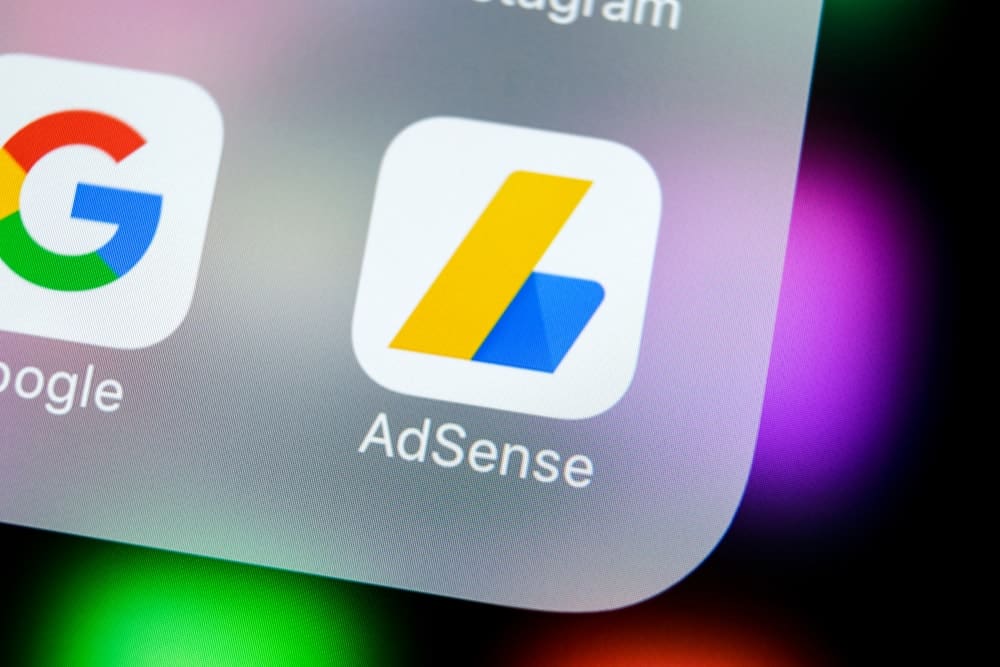Best Google AdSense Alternatives In 2018 For Increasing Revenue
Pretty much every digital publisher on the planet wants to find new ways to increase their website ad revenue. Traditionally, Google AdSense has served as one of the top sources of ad demand for publishers of all shapes and sizes. However, often publishers will look for Google AdSense alternatives to improve their bottom line.
Google AdSense alternatives are typically sought after for a few different reasons. Publishers want to add competition to their existing AdSense ads on their site, they have trouble meeting some type of Google requirement, or they simply want to explore other networks or solutions to see how the revenue compares vs. AdSense.
Below, I’ll list the 5 AdSense alternatives that are most likely to serve as solutions to all the reasons above. All 5 have the potential to outperform AdSense given the right conditions.
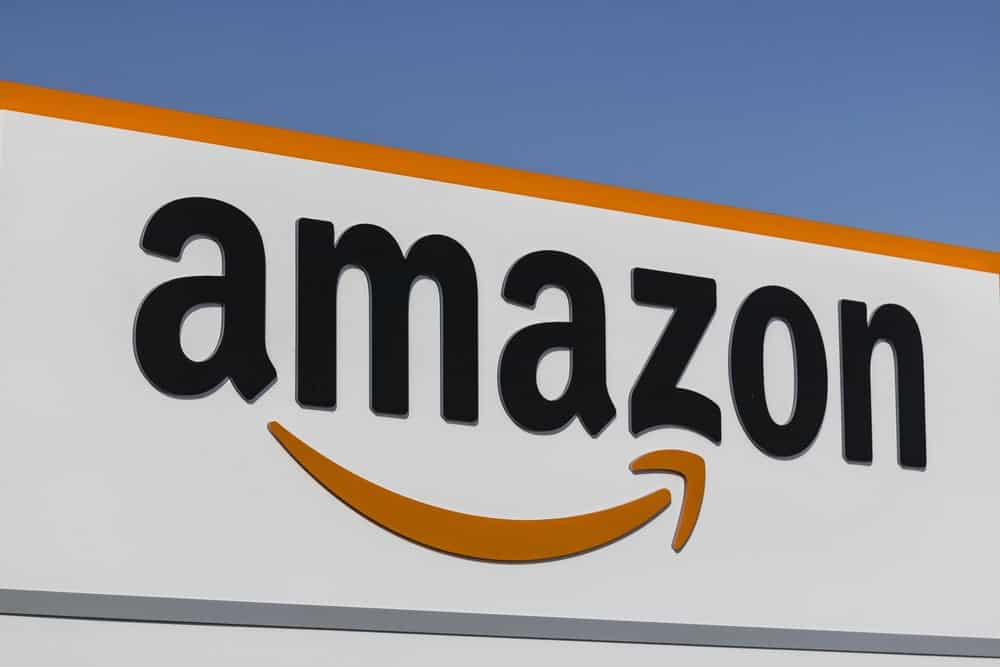
1.) Amazon now provides two competitive alternatives
The first — and most common form of alternative to AdSense that Amazon provides — is the Amazon Affiliates program.
Amazon Affiliates allows publishers to essentially make a commission off of Amazon products.
It works like this…
- Publisher mentions , displays, or describes a product available on Amazon on their website
- The publisher uses an Amazon Affiliate link to hyperlink the product to the Amazon store
- The Publisher earns a commision from anything that is bought by users that visit Amazon.com from that link
There are blogs and websites that fuel their entire bottom line with Amazon Affiliate revenue. In fact, some sites earn more revenue from affiliate product links than display ads.
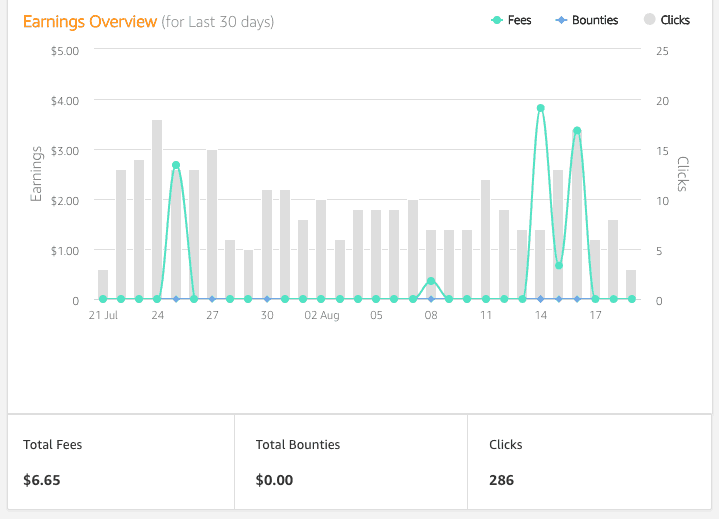
The downside of Amazon Affiliate revenue is that it is all based on speculation. You could accumulate thousands of clicks and theoretically never earn a dime.
Visitors must make purchases from Amazon for the publisher to earn money. Is it worth it to send visitors away from your site in return for nothing?
Every publisher will have to look at how they use affiliate links, and the revenue they collect, for them to make this evaluation on their website.

Amazon Publisher Services™ Offers Direct Competition To AdSense
Amazon Publisher Services is Amazon’s new venture into digital display advertising.
Amazon started very aggressively in this space and has since quickly grown their share of the digital advertising marketing.
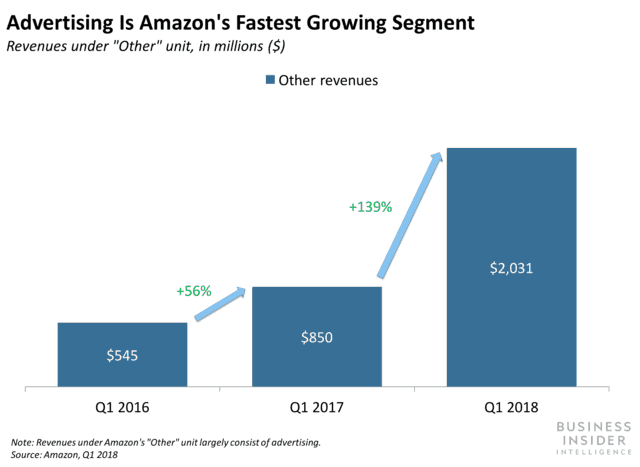
Amazon Publisher Services essentially offers a product to digital content creators very similar to Google AdSense. It operates on a single tag.
Publishers shopw Amazon display advertisements on their site in return for CPM ad revenue.
Amazon positions the product as…
“Access unique demand from Amazon and SSPs with one contract, one integration, and receive one check.”
Amazon claims to have higher CPMs than AdSense and has opened the program up to any publishers interested in applying for the program. Ezoic customers that have Amazon Publisher Services accounts can link them with the Mediation App and have them compete directly with each other.
2.) Access the AppNexus Marketplace™
AppNexus is more than one thing. They were once known by many in the digital space as an ad exchange alternative to Google’s Ad Exchange (see the difference between Google’s Exchange and AdSense here). Most recently, they made waves by being acquired by AT&T.
Now, they have a full suite of products for what’s called the Buy and Sell side. This means they offer products to web publishers and advertisers. Just like Google does.
AppNexus can provide publishers with their own ad server. Many will use this as an alternative to Google DoubleClick for Publishers™— now called Google Ad Manager™. They also offer a full set of additional tools and products designed to help publishers setup more complex deals like private marketplace opportunities and more.
Those simply interested in an alternative source of revenue will be most interested in adding themselves to the AppNexus Marketplace.
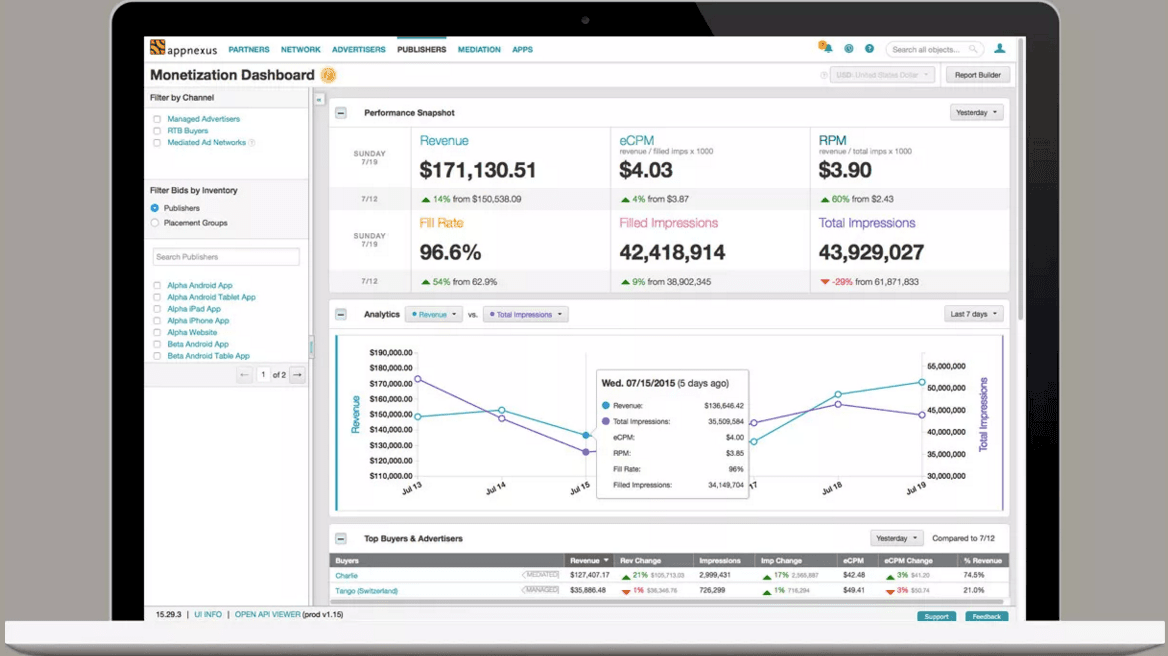
Many publishers might find difficulty gaining access to the AppNexus Marketplace; however, they claim that, “…at AppNexus, we offer you complete flexibility to start simple and small, yet scale and innovate without limits”.
Recent publisher comments have suggested that AppNexus is becoming available to smaller and smaller publisher interested in expanding into the world of ad exchanges.
As we’ve discussed before with Google’s Ad Exchange, the competitive advertiser prices inside of exchanges typically outperform those of a single network, like AdSense.
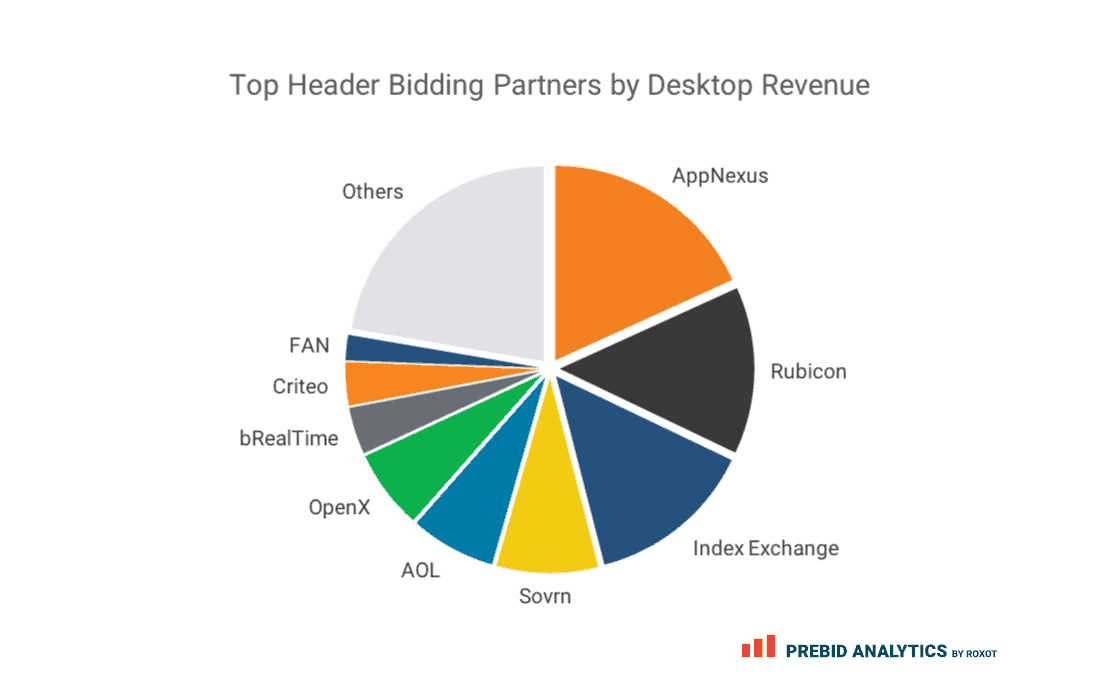
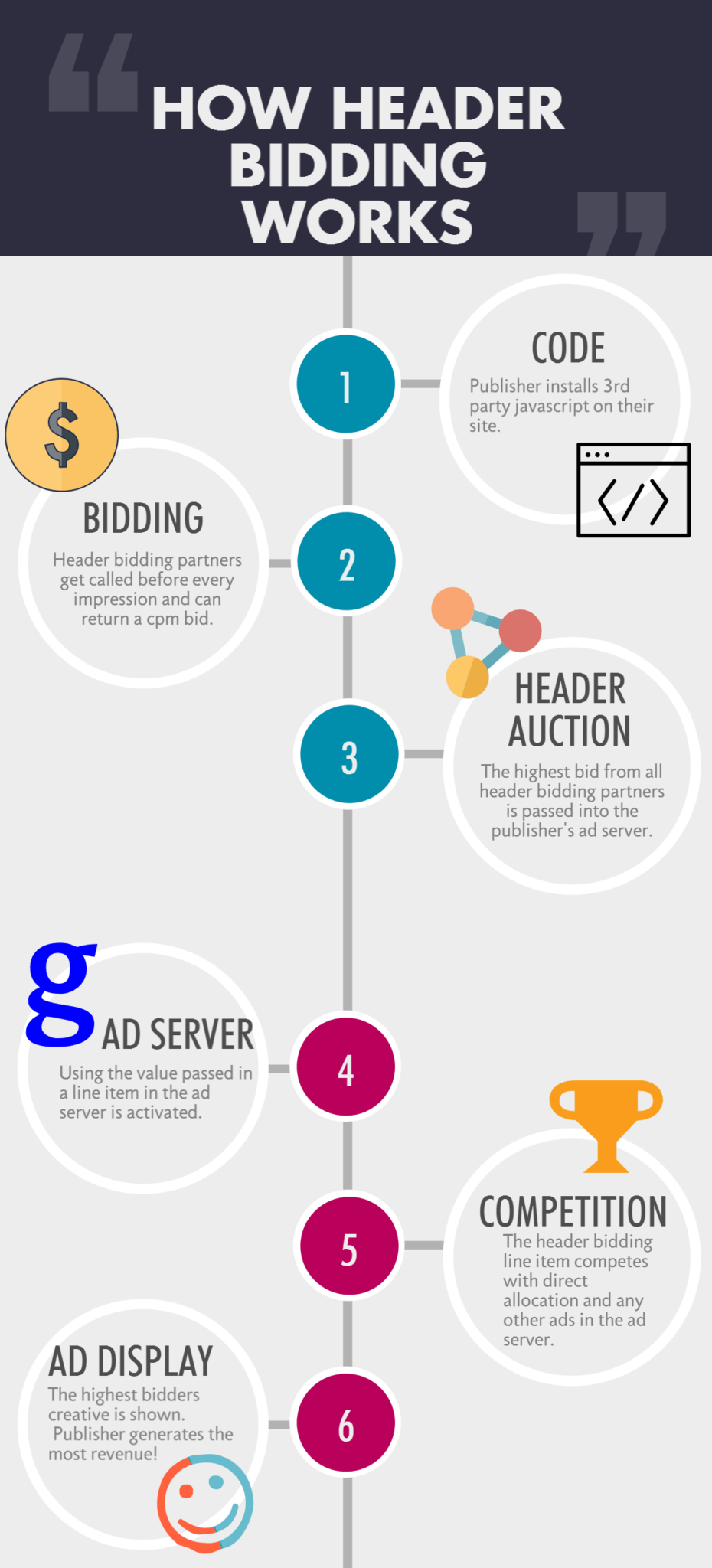
So, how do you even go about setting this up?
Good question. Luckily, there are a lot of fool-proof solutions that make setting header bidders on your site pretty easy.
You can do this with platforms like Ezoic right out of the box. Apps and preconfigured services like this make implementation as easy as integrating with the platform.
Top header bidder providers like, Open X, have a built a reputation as being an easy-to-setup solution for publishers interested in exploring their own header bidder solution.
It is definitely worth exploring if you have ever thought about improving the programmatic ad rates on your website.
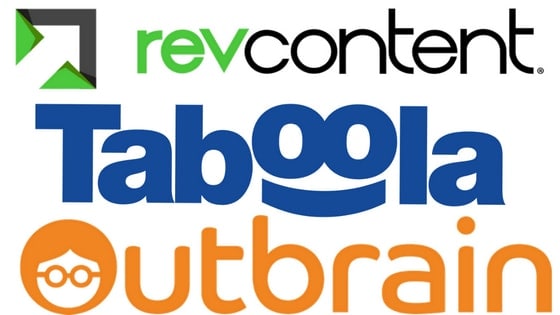
4.) Try the native ad networks
Native ads are a little different than traditional display ad units.
However, popular networks like Outbrain, Taboola, and RevContent all offer solutions that operate very similar to AdSense for websites looking for AdSense alternatives.
Publishers can display native ad widgets or units on their website’s and be paid for impressions or for clicks.
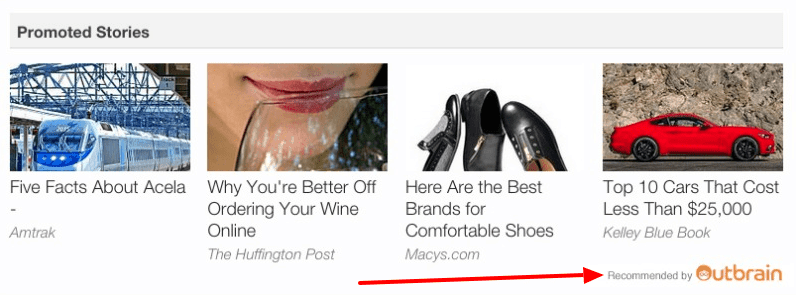
These typically look like recommended content or promoted content units that live on pages or articles of a publishers website.
Most websites can fulfill the requirements these native ad providers have. This means just about anyone can apply and get accepted (sans any fraudulent behavior).
Fair warning to medium-large publishers, these native ad networks often want you to sign long-term contracts with guaranteed revenue. This are not typically recommended; as once you sign on the dotted line, they will be motivated to make their money back on any contract or guarantee they’ve provided.
This means your web pages can become overloaded with ads — and ad types — that are very aggressive and that potentially damage your existing ad rates, user experiences, and more.

5.) Media.net is one of the most common AdSense competitors
As ad networks go, there are literally thousands across the globe; however, few are listed across AdSense alternatives lists across the web like Media.net.
Media.net has carved out a nice niche for itself over the years by remaining competitive with AdSense. Often, publishers will claim that they see higher CPMs with Media.net compared to AdSense.
While not at the scale of something like Google’s AdSense, Media.net has built a nice platform of unique demand that makes it a competitive network for publishers that need to find something to compliment their AdSense or replace it.
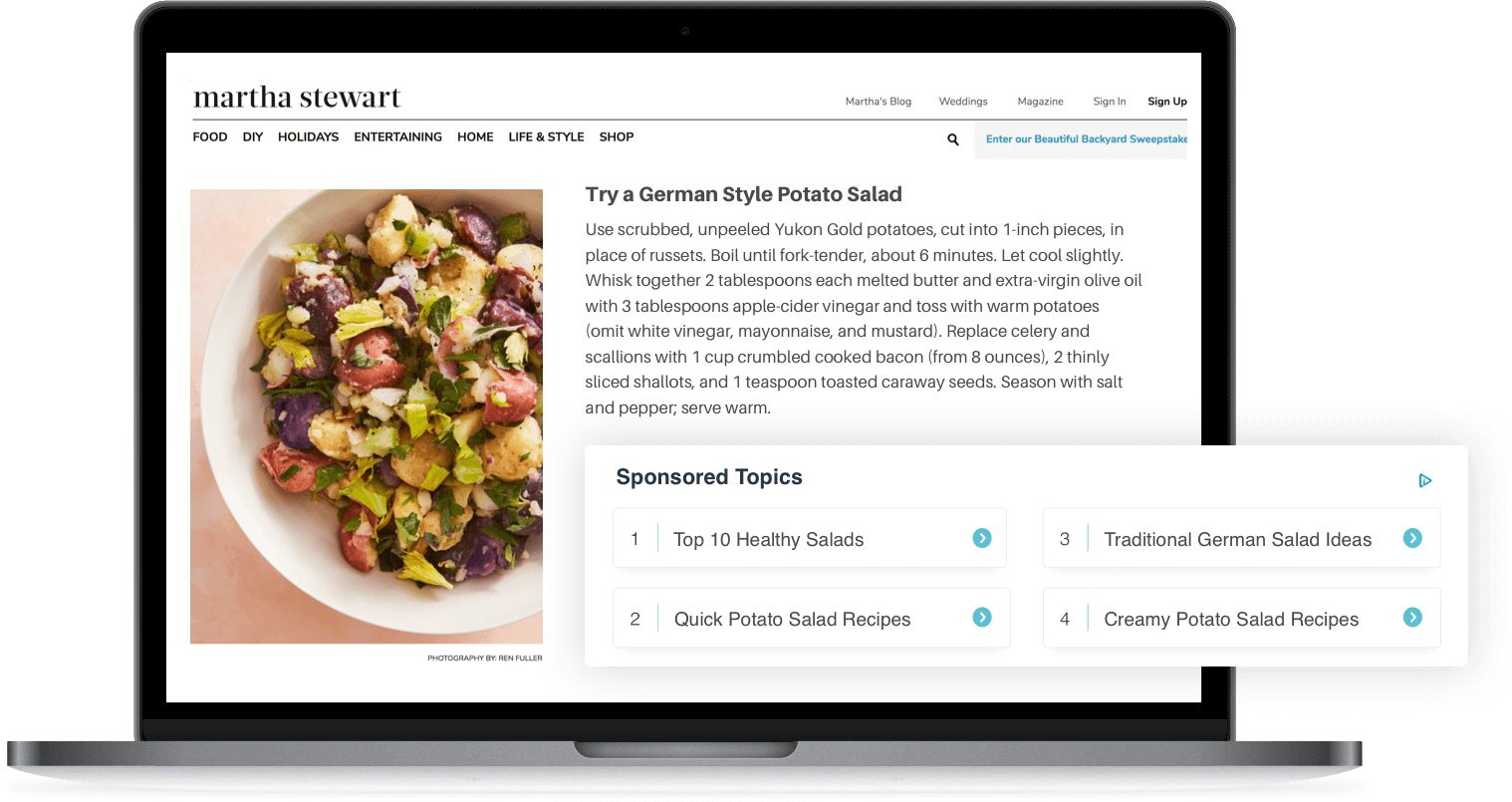
They now offer header bidding solutions and other ad-tech as a part of their complete offering, but their core competency remains the same. They are a true AdSense competitor.
Media.net ad units will usually display on your site as programmatic display ads in the same way that Google ads will show on your website.
2 Things To Avoid When Choosing AdSense Competitors or Alternatives
While everything is worth testing when trying to find the perfect source or sources of revenue for your website, there are a few common pitfalls that publishers should seek to avoid when seeking AdSense alternatives.
1.) Avoid exclusivity contracts
One of the most classic examples of ad networks trying to gain an edge over publishers is the act of gaining an exclusive contract with them. They have gotten very good over the years at explaining why you should sign these types of agreements; however, a lack of competition is almost always bad for the publisher.
Ad networks should allow you to test many sources of revenue and demand. There’s usually a reason if they don’t want you to, right?
Think they are guaranteeing too much money NOT TO SIGN A CONTRACT? Think again. Look at all the ways they can manipulate these numbers here.
2.) Avoid all-or-nothing implementations
For all the same reasons you don’t want to sign exclusive contracts, publishers should avoid ad networks or ad providers that claim that you can only use them when no other solutions are being deployed.
Ask yourself, why would they want to avoid being in a competitive situation?
Many will make claims about putting in extra work to ensure high ad rates and the alike, but the truth is that competition and the principles of supply and demand are the core reasons why ad rates rise.
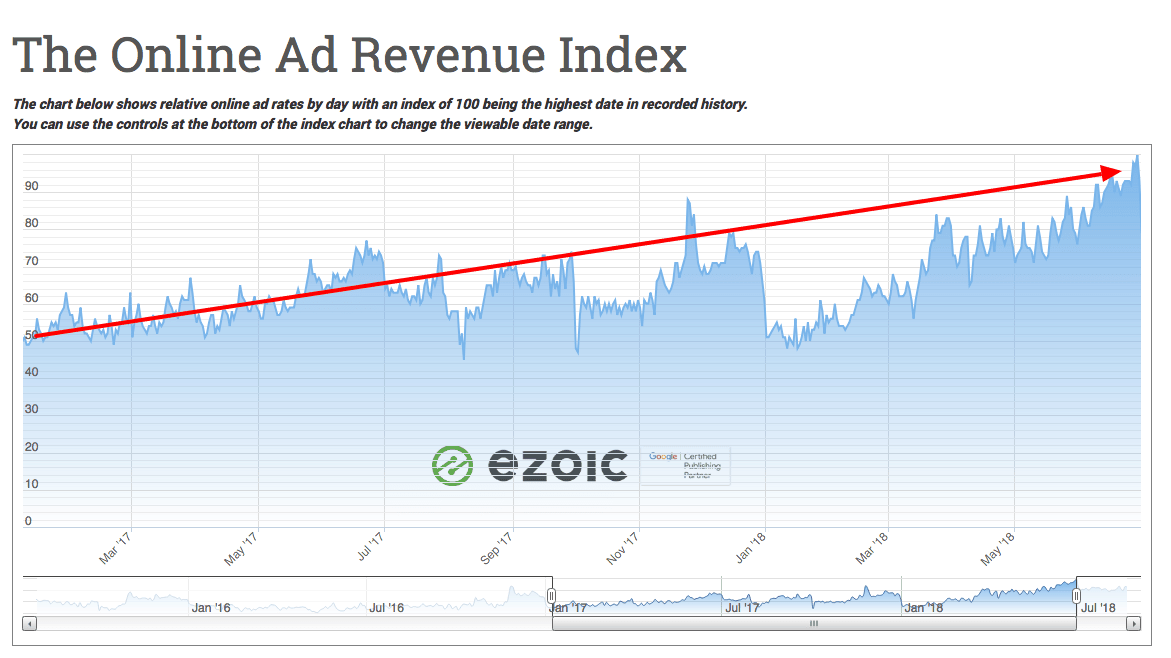
Digital ad rates are the highest they’ve ever been right now and publishers should be putting in as much effort as possible to avoid giving any single ad network exclusive access to their entire inventory.
Wrapping it all together
Google AdSense is one of the highest paying and highest quality individual ad networks out there. Yet, there are plenty of reasons to seek competitors or alternatives.
Publishers should always be seeking to test or experiment with other forms of digital revenue.
Thoughts on other ad networks, or questions about the ones above? Leave them below and I’ll address them in the comments.

